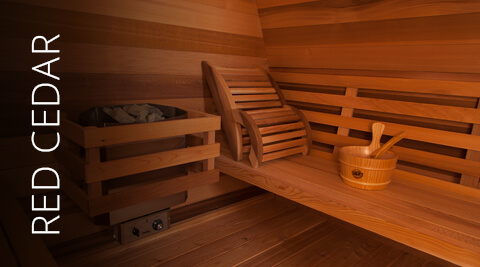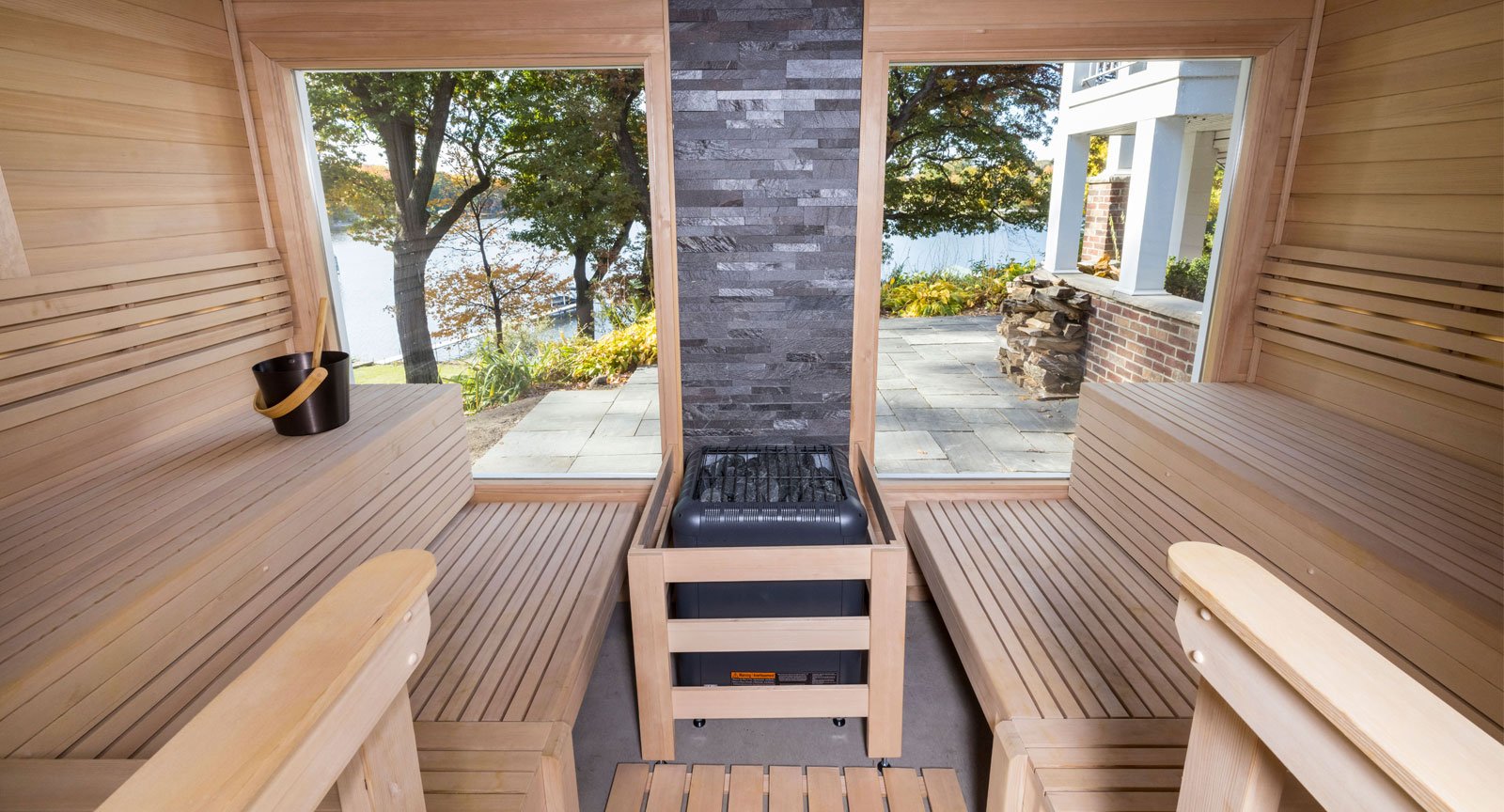Traditional Sauna Things To Know Before You Get This
Traditional Sauna Things To Know Before You Get This
Blog Article
Traditional Sauna Things To Know Before You Get This
Table of ContentsTraditional Sauna for BeginnersThe 45-Second Trick For Traditional SaunaTraditional Sauna Can Be Fun For EveryoneNot known Incorrect Statements About Traditional Sauna Facts About Traditional Sauna Uncovered
The majority of the weight lost in a sauna is water loss and is re-gained upon rehydrating. Without a doubt sauna can be an essential component of a healthy weight loss program. To take a look at the distinctions between standard and IR saunas, I will divide these into verifiable, academic, and fabricated differences.Hence, the hottest factor in the saunawhich is at the ceiling straight above the sauna heateris usually in between 185 and 190 F. Claims that a typical sauna goes beyond 200 F is merely not real and not appropriate for electrical saunas marketed in the US. The temperature level for a far-infrared sauna is usually established in between 120 and 140 F; nonetheless, unlike the standard sauna, the goal in and IR room is not to achieve a high temperature level.
Due to this, the temperature difference is almost pointless, considering that profuse sweating causes both sauna kinds, yet the technique of heating the body is different. In an IR sauna the bather will feel hot and will sweat profusely, but at a lot lower temperatures. Traditional Sauna. Therefore, if the goal is to spend longer periods of time in the sauna, the IR sauna is a great selection

The 2-Minute Rule for Traditional Sauna

When the high temperature level is attained, the aspects cycle on and off to maintain the heat. Traditional Sauna. Many conventional sauna customers delight in pouring water over the rocks to develop steam to raise sauna moisture levels. The advantages of pouring water over the rocks consist of: making the room more comfortable, moistening the nasal flows, and allowing the usage of aromatherapy by mixing essential oils with the water
In a far-infrared sauna, the warm waves penetrate the body to effectively heat the body and increase the body core temperature level. To accomplish this boosted temperature, Far-infrared emitters produce infrared energy which is close to the same wavelength as that which the body normally emitsoften referred to as the "Crucial Array" of 7 to 14 microns), so the power is well gotten by the body.
When the energy goes into the body, it causes the body temperature to increase and eventually results in perspiration. my response In an infrared sauna it is very important for the emitters/heaters to stay on practically continuously. Given that there is no mass of rocks to keep warm, the sauna will certainly cool down if the emitters turned off.
The Greatest Guide To Traditional Sauna
As discussed above, the sauna bather in an infrared room wants to position himself in front of running emitters to get maximum take advantage of the heat. The heating time for the 2 spaces can be really various, depending on how the rooms are utilized. For a typical sauna, a bather ought to enable 30-40 mins for the room to achieve a wanted temperature level and to appropriately pre-heat the rocks.
A well built sauna will generally achieve a temperature of 150-160 F in about 30-40 mins. For hotter temperature levels, the area may require to heat for a longer duration.

Conventional saunas tend to be larger (therefore make use of more electricity) than infrared saunas, although traditional saunas are absolutely readily available in one and 2 individual sizes also. For a two-person traditional sauna, 5x6 or 5x7 dimension is most prominent. The leading bench can conveniently seat 2 or three individuals and is additionally long enough to exist down throughout the sauna session.
All about Traditional Sauna
The average expense per kWH of power in the U.S. is around $0.11 - Traditional Sauna, so a 4.5 kW heating system will certainly cost approximately $.50 to run for one hour, if the heating system runs continuously for one hour. Typically a sauna heating unit will certainly run for 75% of the initial hour and 50% of succeeding hours on given that the components cycle once the set temperature level is attained
A two person far-infrared space is typically physically smaller than a typical sauna, often about 4' x 4' or smaller sized. The IR heater is commonly 1.5-1.7 kW using a 120 volt 15 amp look at here now plug-in service. Since the space can be made use of earlier than a sauna area, we will certainly think the area is utilized for to of an hour including warm up time.
Ultimately, there is a hardly ever discussed difference in the social experience between both spaces. While our society has actually shed some of the social benefit of the standard sauna experience, it can be very socially gratifying. From family members time in the sauna, to heart-felt discussions with better halves, to sauna partiesthe typical sauna experience can bring about intimate socializing.
Get This Report on Traditional Sauna
Most higher end infrared areas consist of colored light therapy, audio systems and full-glass fronts.
Report this page